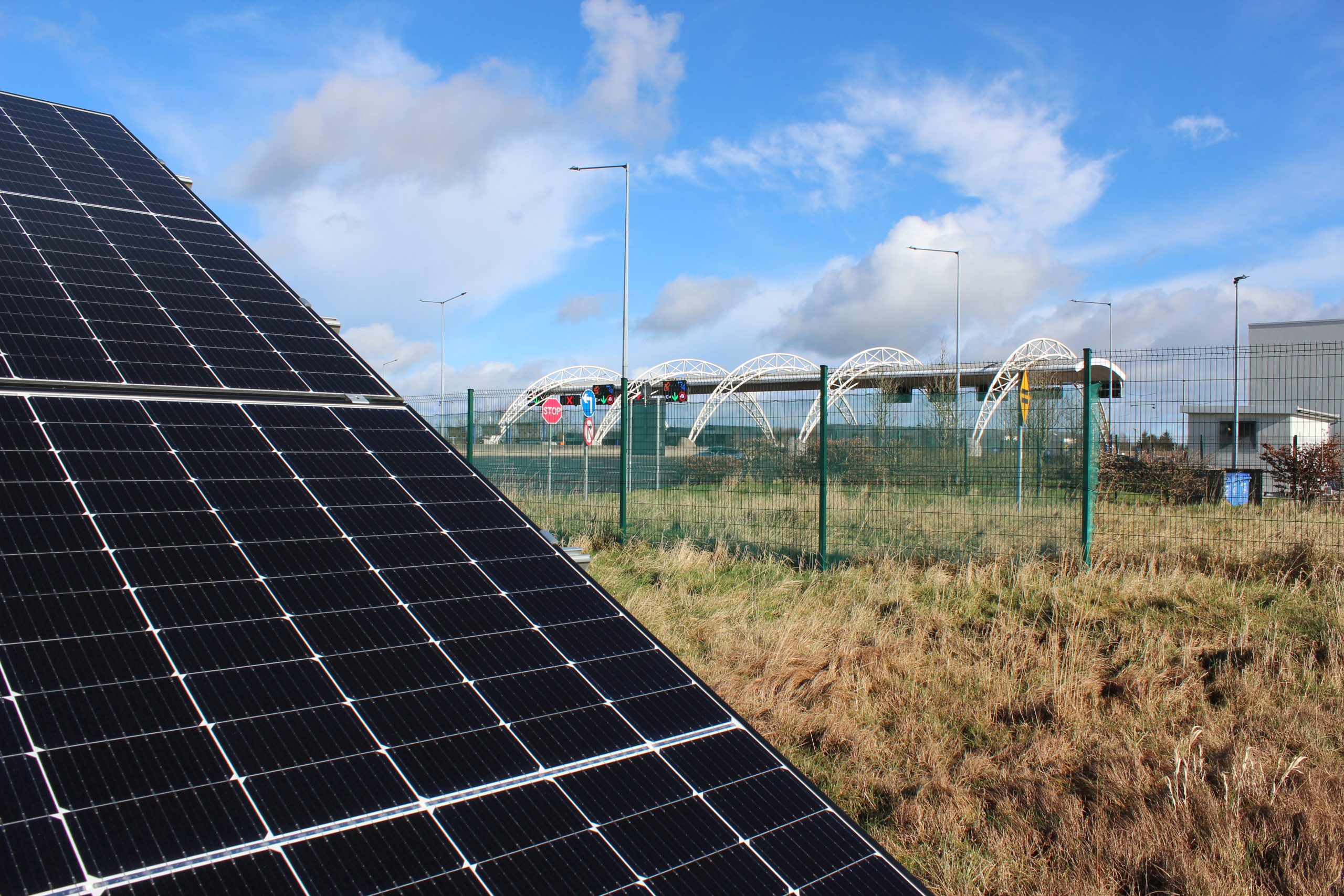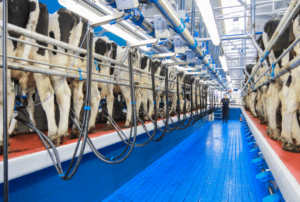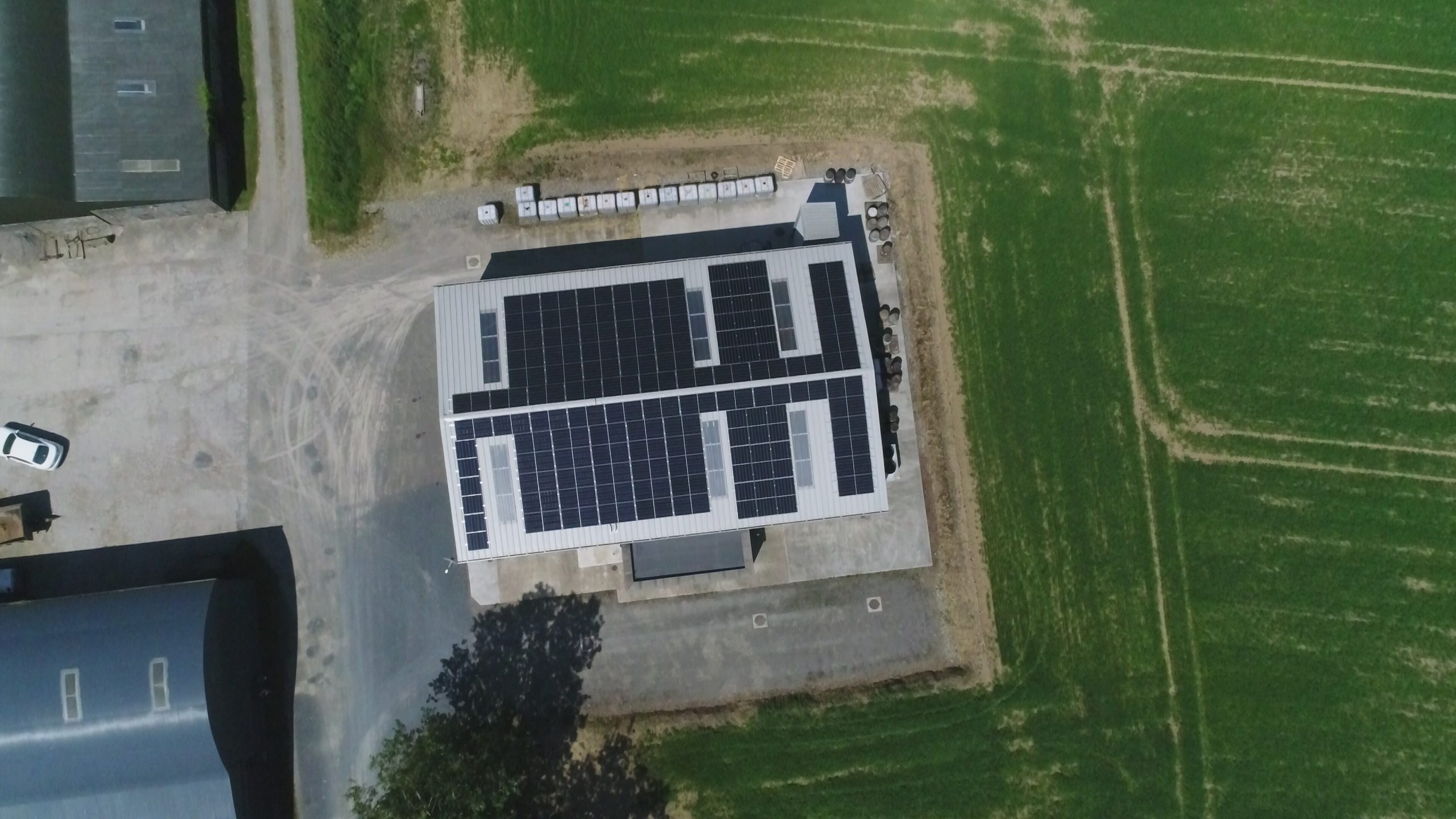Solar power has emerged as one of the leading solutions
to help commercial businesses transition to cleaner energy sources while enjoying significant energy savings. By incorporating energy-saving solar panels, businesses can also help combat climate change and meet Irelands 2030 carbon emission reduction goals. Solar panels for business are a no-brainer!
Why Should my Business get Solar Panels?
Cost Savings: Solar panels can significantly reduce electricity bills. Depending on the Solar PV grant, payback can be as little as 2 years for farmers or 3-4 years for businesses.
Tax Incentives: In Ireland the solar system is eligible for 100% accelerated capital allowance in year 1, enhancing return on investment.
Sustainability: Adopting solar energy reduces carbon footprint and demonstrates a commitment to environmental sustainability, which can enhance brand image and attract customers.
Energy Independence: Generating your own electricity can protect your business from rising utility rates and the volatile energy supply market.
Increased Property Value: Solarco solar installations can increase the overall value of a commercial property, making it more attractive to potential buyers or tenants.
Reliability and Low Maintenance: PV panels require minimal maintenance and can last for 25 years or more, providing a stable long-term energy solution.
Enhanced Corporate Image: Being environmentally friendly can enhance corporate social responsibility (CSR) initiatives, appealing to customers and investors alike.
Potential for Selling Energy: In Ireland, businesses can sell excess energy back to the grid, creating an additional revenue stream.
We have completed hundreds of large-scale commercial installations on companies in industries such as food, hospitality, manufacturing, storage, transport, healthcare, pharma and many more.
Solarco has unrivalled experience in the renewable energy sector.
We place particular emphasis on health & safety on-site. We are dedicated commercial solar panel installers and are approved installers by the Sustainable Energy Authority of Ireland and the Department of Agriculture. Solarco/ Woodco are Irish owned with over 20 years’ experience in the renewable energy industry.
As a leading provider of solar pv systems, we are passionate about the role renewables can play to help businesses reduce energy costs while decarbonising electricity and heat.
Why Choose Solarco as your commercial solar panel installers?
- Experienced commercial solar Panel installers
- Solarco assist with all grant applications
- On-time project delivery
- Excellent health & safety record
- Irish owned company and Irish local tech support
Contact us
Solarco – Woodco Renewable Energy
Donaskeigh, Co. Tipperary E34 RX89
(062) 74007
info@solarco.ie
www.solarco.ie


